The World’s Largest Camera Captures 10 Million Galaxies, Discovers 2,104 Asteroids in First Photos

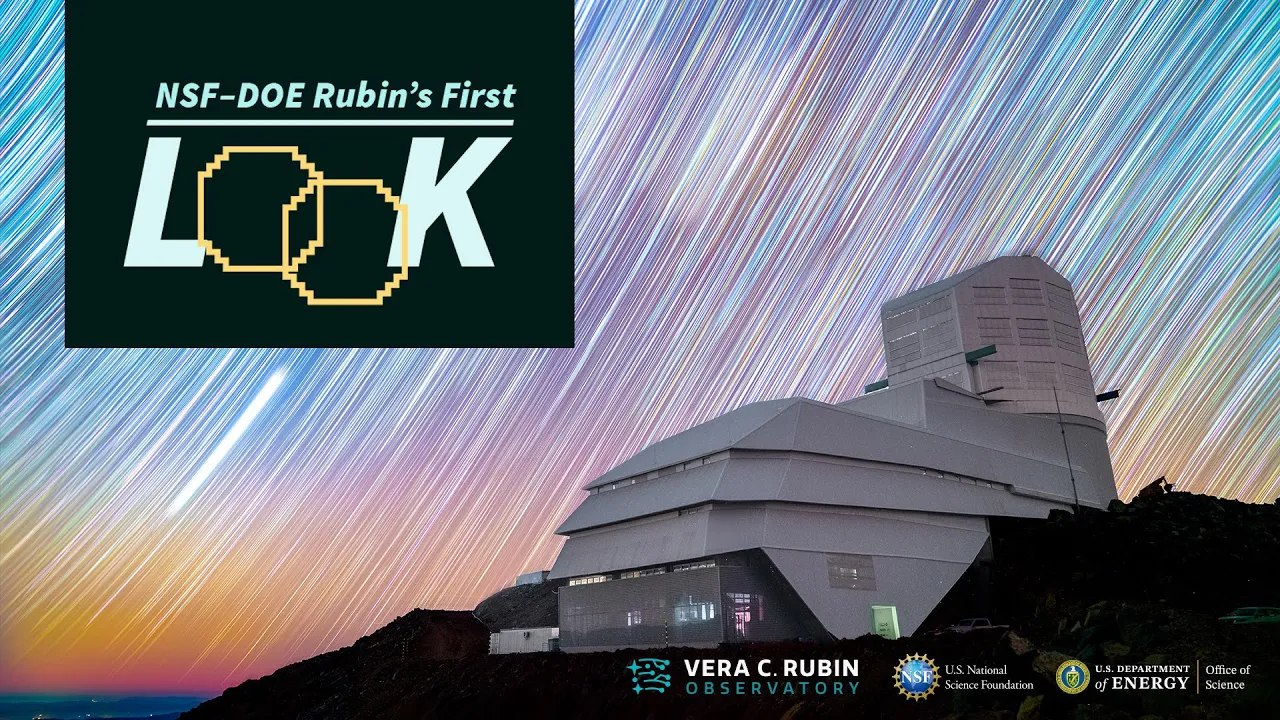
The complete impact Legacy Survey of Space and Time (LSST) camera’s mind-blowing first photos is now much easier to appreciate thanks to new videos featuring the pair of historic images. The world’s largest camera is truly spectacular.
The LSST camera is housed at the Vera C. Rubin Observatory in Chile. The project, jointly funded by the U.S. National Science Foundation (NSF) and the U.S. Department of Energy’s Office of Science (DOE), will pave the way for groundbreaking scientific observations and capture cosmic phenomena at unprecedented scale thanks to its 189 specialized charge-coupled device (CCD) image sensors that work together to capture 3.2-gigapixel photos of the cosmos.
The LSST camera, which is impressive in its own right, is paired with an innovative 8.4-meter telescope. Together, the massive stitched image sensor and the giant telescope, which serves as the lens, make the LSST the largest digital camera in history. It is the culmination of more than two decades of hard work.
“We’re entering a golden age of American science,” says Harriet King, acting director of the DOE’s Office of Science. “NSF-DOE Rubin Observatory reflects what’s possible when the federal government backs world-class engineers and scientists with the tools to lead. This facility will drive discovery, inspire future innovators, and unleash American excellence through scientific leadership.”
The video below, “The cosmic treasure chest,” was made using over 1,100 images captured by the NSF-DOE Vera C. Rubin Observatory. The video begins with a close-up of two galaxies, then zooms out to reveal approximately 10 million galaxies, showcasing the telescope’s remarkable resolution.
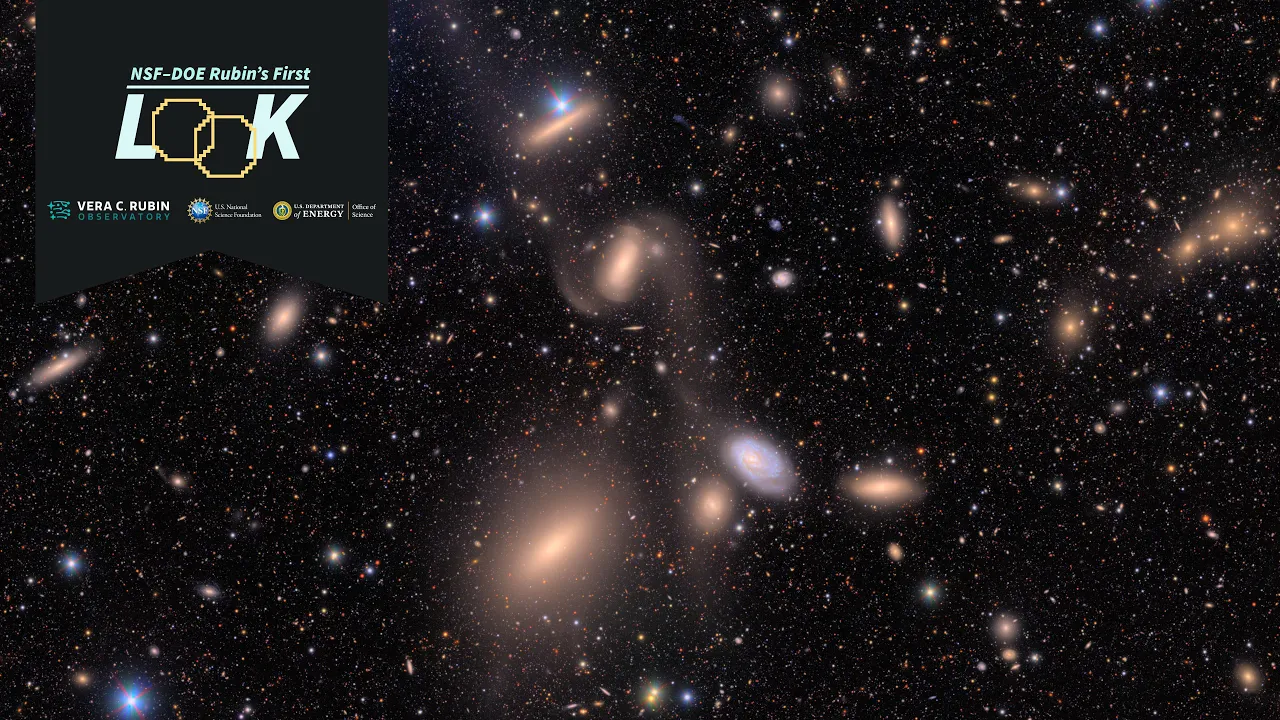
These 10 million visible galaxies are only about 0.05 percent of the approximately 20 billion galaxies that the Rubin Observatory will capture during its 10-year Legacy Survey of Space and Time mission.
“The NSF-DOE Vera C. Rubin Observatory demonstrates that the United States remains at the forefront of international basic science and highlights the remarkable achievements we get when the many parts of the national research enterprise work together,” says Michael Kratsios, director of the White House Office of Science and Technology Policy. “The Rubin Observatory is an investment in our future, which will lay down a cornerstone of knowledge today on which our children will proudly build tomorrow.”
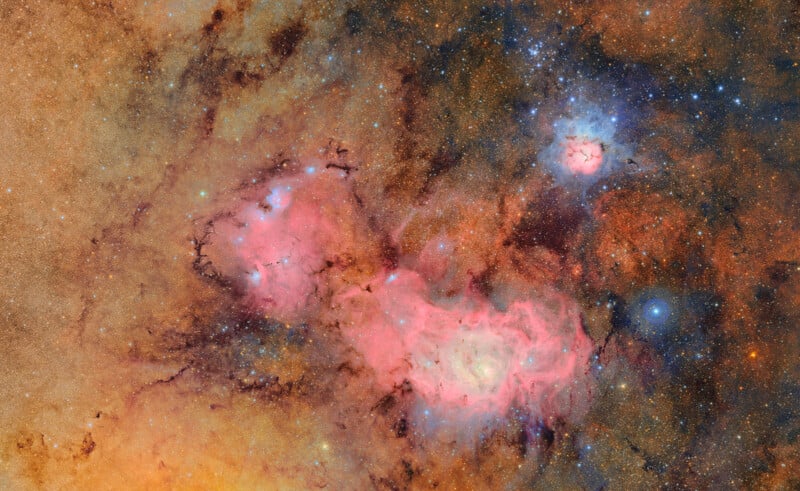
The first photos and videos are stellar, but just a tiny taste of what the NSF-DOE Vera C. Rubin Observatory and its new LSST camera can do. These initial images are from test captures, not a full-blown scientific study. The telescope will capture even more data with longer observations, of which it will conduct many during its 10-year mission to “explore and understand some of the Universe’s biggest mysteries.”
The second video, “A swarm of new asteroids,” comprises about 10 hours of observations. During these 10 hours, the NSF-DOE Vera C. Rubin Observatory discovered 2,104 never-before-seen asteroids in the solar system, including seven of which that are near Earth (although not dangerous).
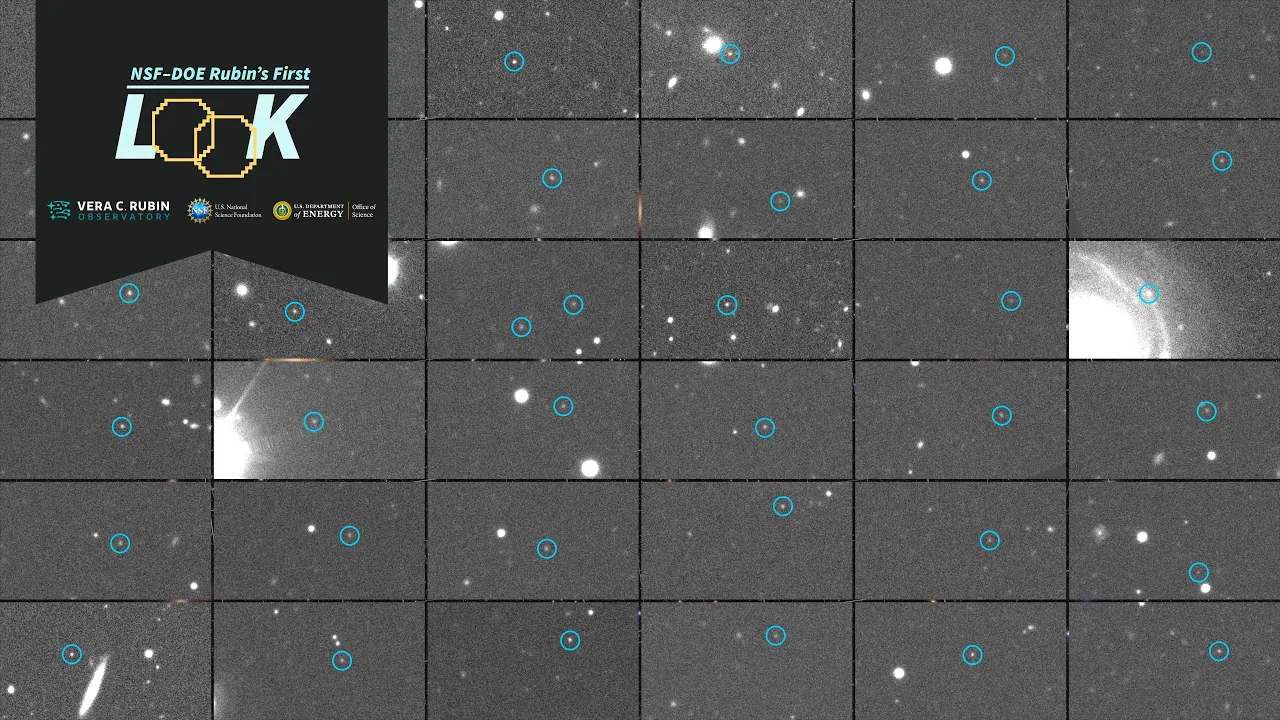
There are about 20,000 asteroids discovered each year by ground and space-based observatories. The Rubin Observatory team expects to find millions of new asteroids in just the first two years of the mission. Rubin will quickly become the most effective observatory for locating interstellar objects passing through the solar system.
In its first year alone, the Rubin Observatory will gather more data than all other optical observatories combined. This remarkable collection of data will help scientists gain a deeper understanding of the cosmos, both near and far. It will take about a thousand photos of the Southern Hemisphere’s night sky every night, covering the entire visible sky every three to four nights.
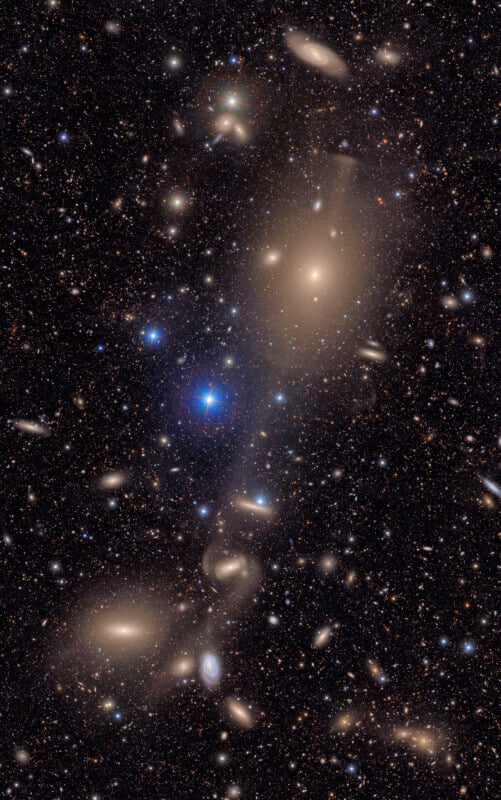
“NSF-DOE Rubin Observatory will capture more information about our Universe than all other optical telescopes throughout history combined,” says Brian Stone, who is currently performing the duties of NSF Director. “Through this remarkable scientific facility, we will explore many cosmic mysteries, including the dark matter and dark energy that permeate the Universe.”
These first photos and videos are just a tiny, albeit remarkable, glimpse at what the Rubin Observatory can achieve. Its first images are an incredible accomplishment, but one that will undoubtedly be overshadowed by countless more discoveries and achievements its dedicated team will make during the next decade.
Developing…
Image and video credits: NSF-DOE Vera C. Rubin Observatory
Source link



